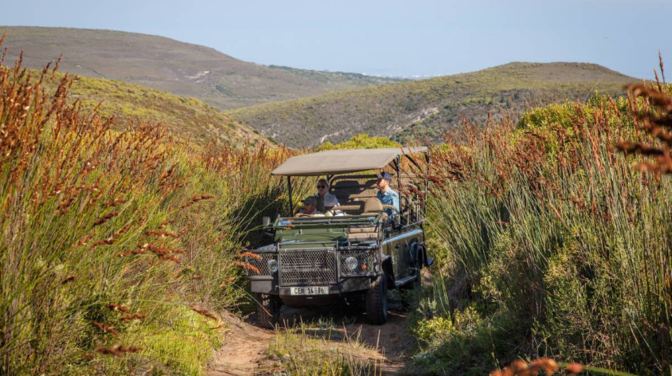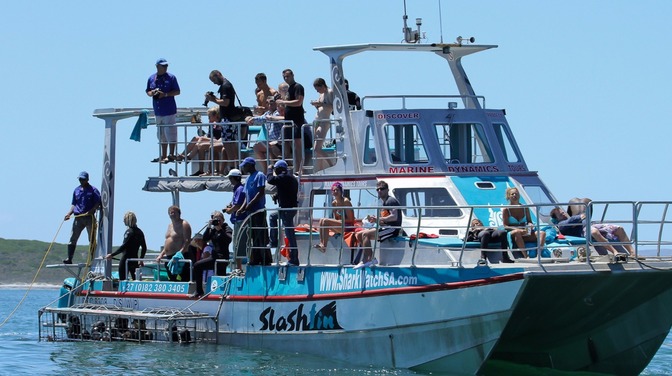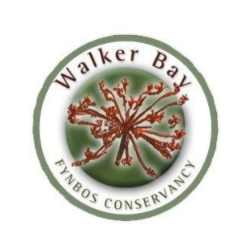Wildlife Monitoring
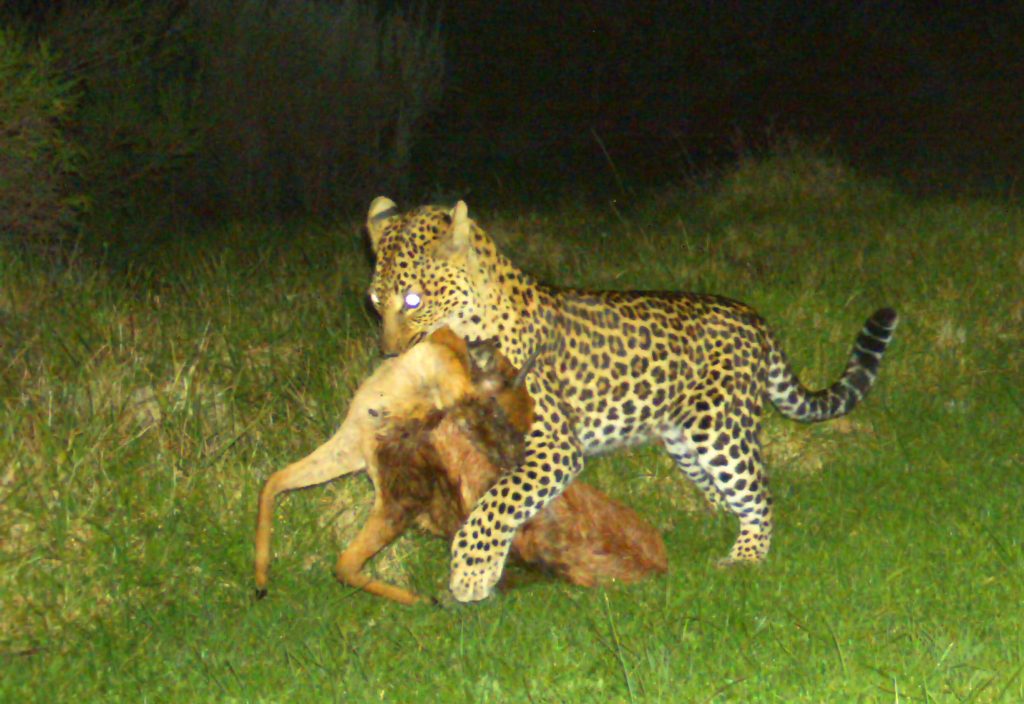
Our objective is to create an understanding of the wildlife communities occupying the WBFC. We also need to identify the routes and corridor networks utilized by wildlife, in order to identify high conservation priority corridors. Using a 5 km squared grid system, and a central camera trap in each, we collect data sets of 3 months which help us understand changes in wildlife communities. Camera traps serve as an effective, non-invasive wildlife monitoring tool, particularly in regions where wildlife are secretive and nocturnal.
Image: Female leopard AF2 “Lumka” carries a grysbok into the safety of the mountains.
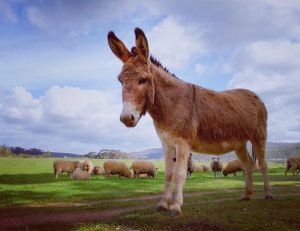
Current threats to our wildlife include habitat loss, alien plant invasion, snares, illegal hunting, feral dogs and human wildlife conflict. We work with landowners encouraging a coexistence of predators and livestock owners. Preventative measures are always suggested as cost effective means to deter predators from livestock zones.
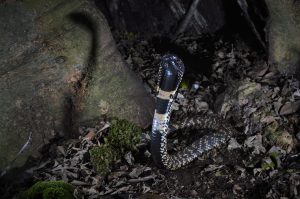
We assist landowners with snake calls, and catch and release potentially dangerous snakes out of homesteads and into protected areas nearby. All effort is put into ensuring minimum stress to the animal. The snakes of potential concern that may be found within the conservancy include the Puff adder, Cape cobra, Rinkhals and Boomslang.
Image: Rinkhals - A venomous elapid capable of spraying venom up to 3m.
Source: https://www.fynbos.co.za/

